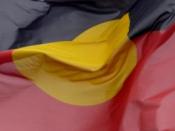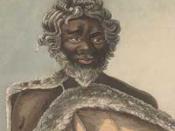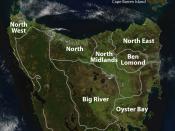Resistance of the Aboriginal people.
Resistance by Aboriginal Australians to the European invasion, led by Cook, was first signaled on 19 April 1770 when a youngster threw a stone. This resistance has never ended.
This 'war' was never sanctioned or officially recognized by the British Empire, because it undermined their claim of our continent being terra nullius - land belonging to no-one, or, literally, 'empty land.' In maintaining the lie, they were also able to claim 'peaceful settlement' of the land. Even today, little is known about the horrific atrocities that took place in the contact between invading colonists and the Indigenous Peoples of Australia.
Here are the names of some of the most famous Aboriginal resistance fighters:
Pemulway - who fought for 12 years before being assassinated by bounty hunters, Windradyne, of Bathurst fame, Calyute,Yagan and Weeip who were allies against the colonial forces in Western Australia. Dundalli, in the Brisbane area and Jundamurra in the West Kimberley who was killed by mercenaries.
Some resistance leaders are now known only by nicknames given by their enemies: Brian Boru, Boney (Bonaparte), Blucher, Pompey and Musquito.
Musquito, who was from the Dharruk people on the Hawkesbury River was a war leader in the Hawkesbury and Broken Bay areas. Later he led the Laremairremener people of Tasmania against the invaders.
In 1839 a large party of Overlanders came to the Darling River with a herd of 9,000 sheep. They camped at the junction of the Murray and Darling Rivers and were in the process of ferrying sheep across, when they were attacked by a group of Aboriginal warriors. They opened fire and reported killing 5 or 6 warriors and wounding many more.
One conflict was recorded where a large group of Overlanders were attacked by about 500 Aboriginals, 4 of the Overlanders...


